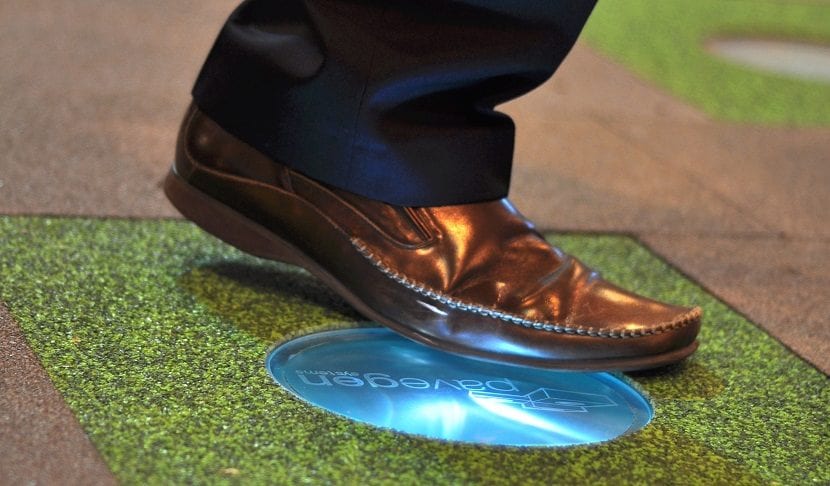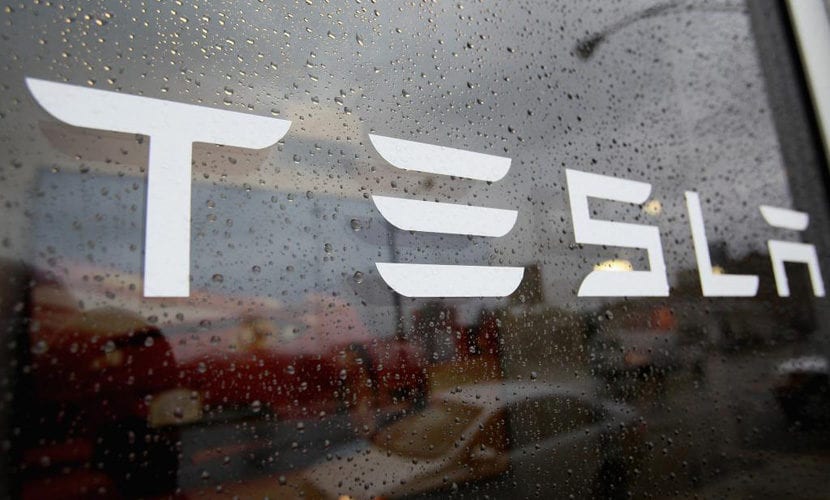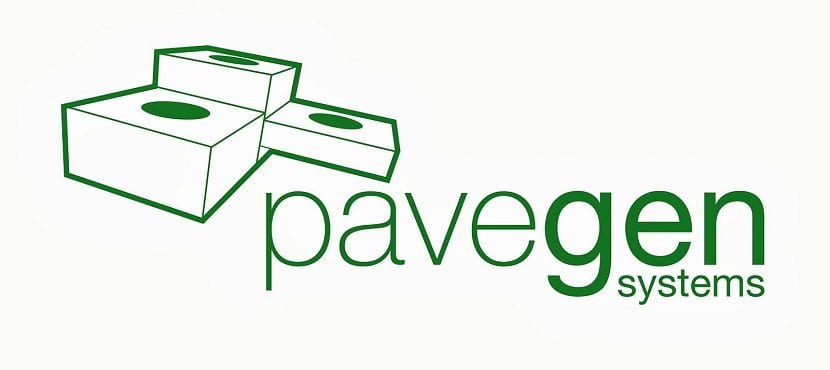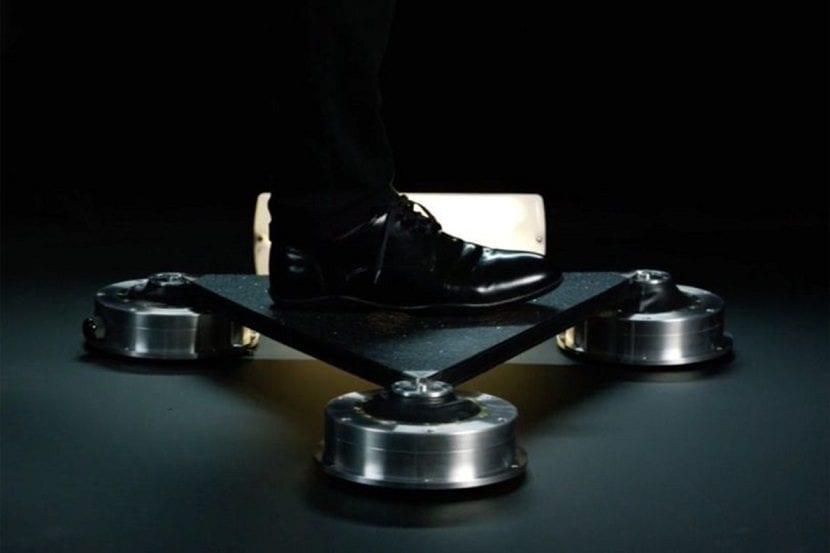
Walking little by little you advance, and today you can also generate renewable and clean energy. Future ones Smart cities that they aspire to be sustainable and what they want optimize resources have an invention to achieve it: smart tiles Pavegen they take advantage of the footfall of the pedestrian and transform it into watts ready to consume at the moment or to be stored in the electrical network.
These are placed in strategic places of great affluence of public, such as shopping malls, schools, football stadiums, streets, squares or airport terminals, could turn cities into real electric plants.
Obviously, these tiles are made with recycled materials and, in addition, they are 80% recyclable (the upper layer is made of rubber, old tires, capable of withstanding more than five years of intensive kick).
Si Tesla has revolutionized the concept of electric car, these tiles could bring a new era of renewable energy thanks to the most common form of transportation on Earth: walking.

En el 2009 Laurence Kemball Cook He was 26 years old, studying technology and industrial design at Loughborough University, where he was doing his internship at an electricity company. He had to study the application of the solar and wind energy in the cities, and none had just convinced him. Then the light bulb came on and focused on the energy that generated by the people themselves.

Thus Pavegen Systems, a 'star-up' that you have already placed fluorescent yellow tiles -the first prototypes were striking rectangles- and black triangular tiles -the new and more efficient generation V3- in 150 temporary and permanent urban spaces, such as the heathrow airport, oxford street or the outside of the Westfield Stratford City Shopping Center (London), in the Saint Omer station (in the Nord-Pas de Calais region), on a soccer field in the Morro de Mineira favela (Rio de Janeiro), in the square Federation Melbourne, in the center Sandton City Mall (Johannesburg) or, the latest example, the installation, last fall, of 68 tiles in Dupont Circle, just a few blocks from the White House, in Washington. "It's just a silly tile," says the CEO Kemball-Cook. "When you walk on it is when it becomes intelligent." Thanks to these few plates, the adjacent street lamps are supplied with light.

AS DOROTHY IN 'THE WIZARD OF OZ'
Many of these urban spaces have seen the new version of the tiles Doroty walked on in 'The Wizard of Oz' thanks to the bet made by companies such as Siemens, Samsung, Shell among others by this type of technology. The awards are accumulating: the Observer Ethical Award, in 2011, the SXSW: Interactive Innovation Awards, last year…
El operation of soils is based on recover hunting energy of our body when walking, which causes the tile descend to a maximum of one centimeter (depending on the weight of each person). According to the CEO of the company (Kemball-Cook) "It is like walking in a playground in a playground with rubber coating."
The force of the footprint drives a wheel that produces electrical energy, thanks to electromagnetic induction. The mechanism looks like a generator, only instead of air or water it is our steps that actuate it.
NEW GENERATION
All the early versions of the tiles were rectangular, but this generation uses every vertex of a triangle, thus having one generator per corner. This version is capable of generate 5W continuous power when walking on one of these tiles, being 200 times more efficient than the first model. It is not a large amount, but for example enough to provide 40% of the lighting of a neighborhood soccer field. The system includes a internal battery that stores energy, mainly intended to be used in the public lighting, Wi-Fi zones, advertising panels, to wirelessly charge devices among other things.

Tiles are too expensive at the moment. However, the founder of the company hopes to correct this thanks to chain production and that every time your company receives more orders. There is also a "green" fashion, and that makes governments increasingly bet on the conservation of the environment. In the last year, for example, the cost has dropped by 70%, and Pavegen's goal is to reach about 45 euros per tile.